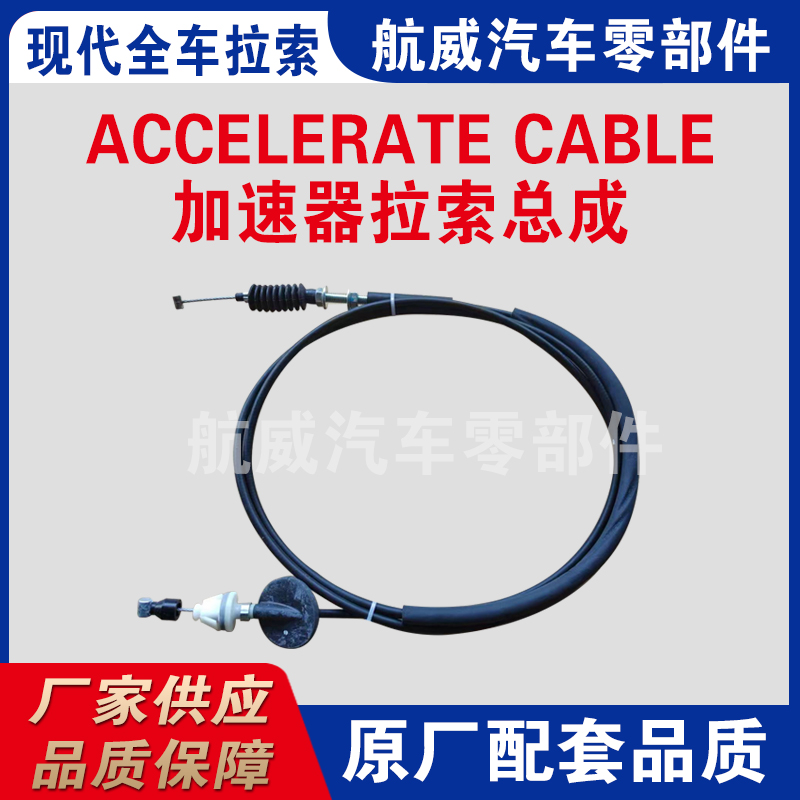clutch fluid line
Understanding Clutch Fluid Lines Essential Components of Your Vehicle
The clutch fluid line is a critical component in the hydraulic clutch system of a vehicle, playing an essential role in the seamless operation of manual transmissions. Understanding its function, maintenance, and potential issues can significantly enhance the longevity and performance of your vehicle.
At its core, the clutch fluid line serves to transport hydraulic fluid between the clutch master cylinder and the clutch slave cylinder. When the driver presses the clutch pedal, the master cylinder generates hydraulic pressure that travels through the fluid line to the slave cylinder. This action forces the clutch release fork to disengage the clutch, allowing the driver to shift gears smoothly. Without a properly functioning fluid line, the hydraulic pressure cannot effectively transfer, leading to difficulty in shifting or complete failure in disengaging the clutch.
One of the most important aspects of clutch fluid lines is their construction. Typically made of reinforced rubber or metal, these lines are designed to withstand high pressure and resist wear over time. However, they can be susceptible to damage from heat, vibration, or external elements, which could lead to leaks. A compromised fluid line can result in air entering the hydraulic system, causing a spongy clutch pedal feel or complete clutch failure.
clutch fluid line

Regular maintenance of the clutch hydraulic system is vital. It is important to periodically check the clutch fluid level and condition. If the fluid appears dark or contaminated, it may be time to replace it. Additionally, inspecting the fluid line for signs of wear, such as cracks or leaks, can prevent more significant issues down the line. If any damage is detected, prompt repair or replacement of the fluid line is necessary to ensure the system's functionality.
Drivers should also be aware of common symptoms indicating potential problems with the clutch fluid line. These may include difficulty in pressing the clutch pedal, unusual noises when engaging or disengaging the clutch, or the clutch pedal feeling loose. Such signs can suggest issues ranging from low fluid levels to a failing fluid line, making it imperative to address them quickly.
In conclusion, the clutch fluid line, though often overlooked, is vital to the proper function of a vehicle's clutch system. By understanding its role, maintaining it properly, and recognizing the signs of problems, drivers can ensure smoother gear shifts and a more reliable driving experience. Regular inspections and timely interventions can save considerable repair costs and prolong the life of the vehicle's transmission system. Taking care of the clutch fluid line is not just about maintenance; it's about ensuring safety and performance on the road.
-
Upgrade Your Vehicle with High-Quality Handbrake CablesNewsNov.01,2024
-
Optimize Your Bike's Performance with Quality CablesNewsNov.01,2024
-
Enhance Your Vehicle's Performance with Quality Clutch ComponentsNewsNov.01,2024
-
Elevate Your Vehicle's Performance with Quality Throttle CablesNewsNov.01,2024
-
Elevate Your Vehicle's Performance with Quality CablesNewsNov.01,2024
-
Affordable Solutions for Your Cable NeedsNewsNov.01,2024
